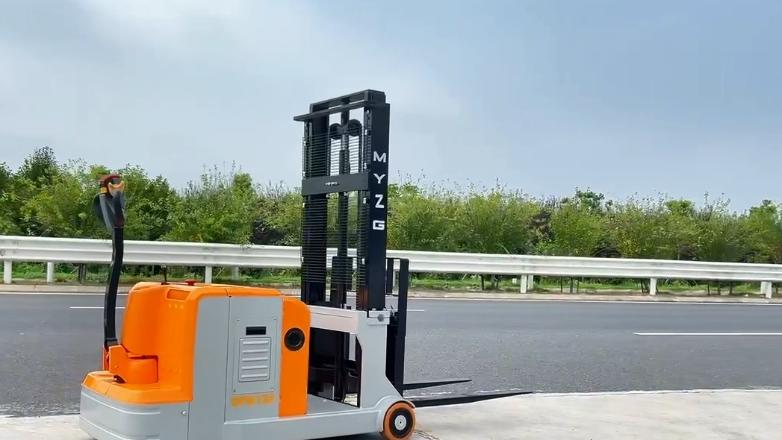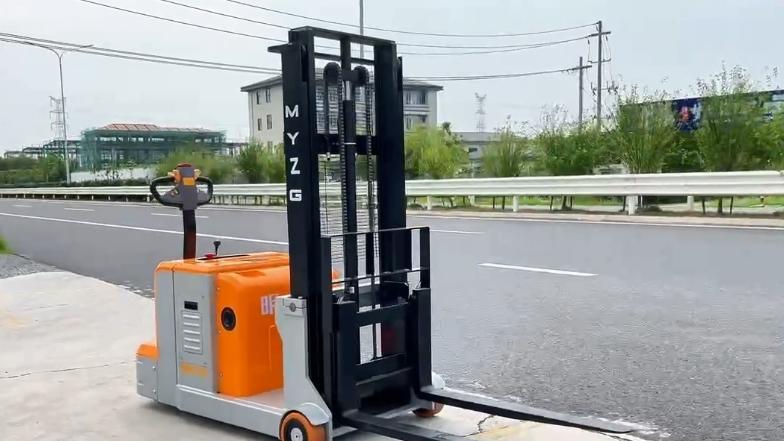What Certifications Are Needed for Warehouse Operators?
1. Introduction
In today’s fast-paced supply chain, warehouse operations play a vital role. With increasing automation, safety regulations, and operational demands, having a certified warehouse workforce is no longer optional — it’s essential. Certifications not only improve worker competence and safety but also enhance productivity and compliance with laws. This article explores the key certifications required for warehouse operators across various job functions and regions.
2. General Requirements for Warehouse Employment
Before certifications, most warehouse roles require a few basic qualifications:
Education: A high school diploma or equivalent is commonly required.
Physical fitness: Ability to lift heavy loads (often 50 lbs or more), stand for long hours, and operate machinery.
Basic safety awareness: Understanding of PPE (personal protective equipment) and emergency protocols.
On-the-job training: Entry-level workers often receive basic training from employers before certification.
3. OSHA Forklift Certification (U.S.)
In the United States, OSHA (Occupational Safety and Health Administration) mandates that anyone operating a powered industrial truck — such as a forklift — must be certified.
Key Details:
Covers: Classroom theory, practical hands-on evaluation, and written test.
Validity: 3 years (after which re-certification is required).
Applies to: Sit-down forklifts, stand-up reach trucks, order pickers, and more.
Employers are legally required to provide training or verify certification.
4. Equipment-Specific Certifications
Warehouse operators often work with a variety of equipment, each requiring specific knowledge and sometimes certification.
Pallet jacks (manual and electric)
Order pickers
Scissor lifts and aerial work platforms
Reach trucks and turret trucks
While not all require OSHA-level certification, employers often require documented training for safety and insurance purposes.
5. Hazardous Materials (HAZMAT) Training
Warehouses that store or handle hazardous goods must ensure employees are trained in safe handling and emergency response.
Includes training in:
Material classification and labeling
Spill control and first response
DOT (Department of Transportation) and IATA (International Air Transport Association) compliance
HAZMAT certification is especially important for warehouses shipping chemicals or flammable products.
6. First Aid and CPR Certification
While not legally required in all warehouses, many employers prefer or require team leaders, supervisors, and key operators to be trained in basic first aid and CPR.
Trained by organizations such as the Red Cross or American Heart Association
Can reduce injury severity and improve workplace response times
Typically valid for 2 years
7. Warehouse Safety and Health Training
General warehouse safety training may be provided by employers or external programs. Topics include:
Ergonomic lifting and movement
Fire safety
Electrical hazard awareness
Safe stacking and racking
Use of PPE
In many countries, labor laws require documented evidence of such training.
8. IT and Inventory System Certifications
Modern warehouses often rely on digital tools and software to manage inventory. Certification in these systems boosts operator productivity and reduces errors.
Common systems include:
Warehouse Management Systems (WMS): SAP, Oracle, NetSuite
RFID & Barcode Scanners
Voice-picking technology
Training is typically provided in-house or through system vendors.
9. International Certifications and Standards
Certifications vary by region:
UK: IOSH and NEBOSH for health and safety
Canada: WHMIS (Workplace Hazardous Materials Information System)
EU: EU-OSHA guidelines
Global: ISO 45001 for occupational health and safety management systems
Employers with international operations often require certifications aligned with local standards.
10. Specialized Certifications for Supervisors or Managers
Warehouse supervisors or logistics managers may require additional certifications, such as:
Certified Logistics Associate (CLA)
Certified Logistics Technician (CLT)
APICS / CPIM (Certified in Production and Inventory Management)
Lean Six Sigma Yellow/Green Belt
These credentials enhance process optimization, inventory control, and leadership skills.
11. How to Get Certified
Warehouse operators can obtain certifications through:
Community colleges or technical institutes
Online learning platforms (OSHA, Coursera, Alison, etc.)
Employer-sponsored training programs
Third-party certifying bodies
Costs vary from $50 for basic safety training to $500+ for advanced logistics certifications. Many certifications require periodic renewal.
12. Benefits of Being Certified
Increased job opportunities and pay
Safer working environment
Legal compliance
Career progression and upskilling
Reduced risk of fines or accidents
13. Conclusion
Certifications are more than a formality—they are vital for operating safely, legally, and efficiently in warehouse environments. Whether it’s OSHA forklift certification, WMS training, or international safety standards, investing in certifications benefits both employees and employers. In a competitive and fast-moving industry, being certified gives you the edge.
Post time:Jul.03.2025



